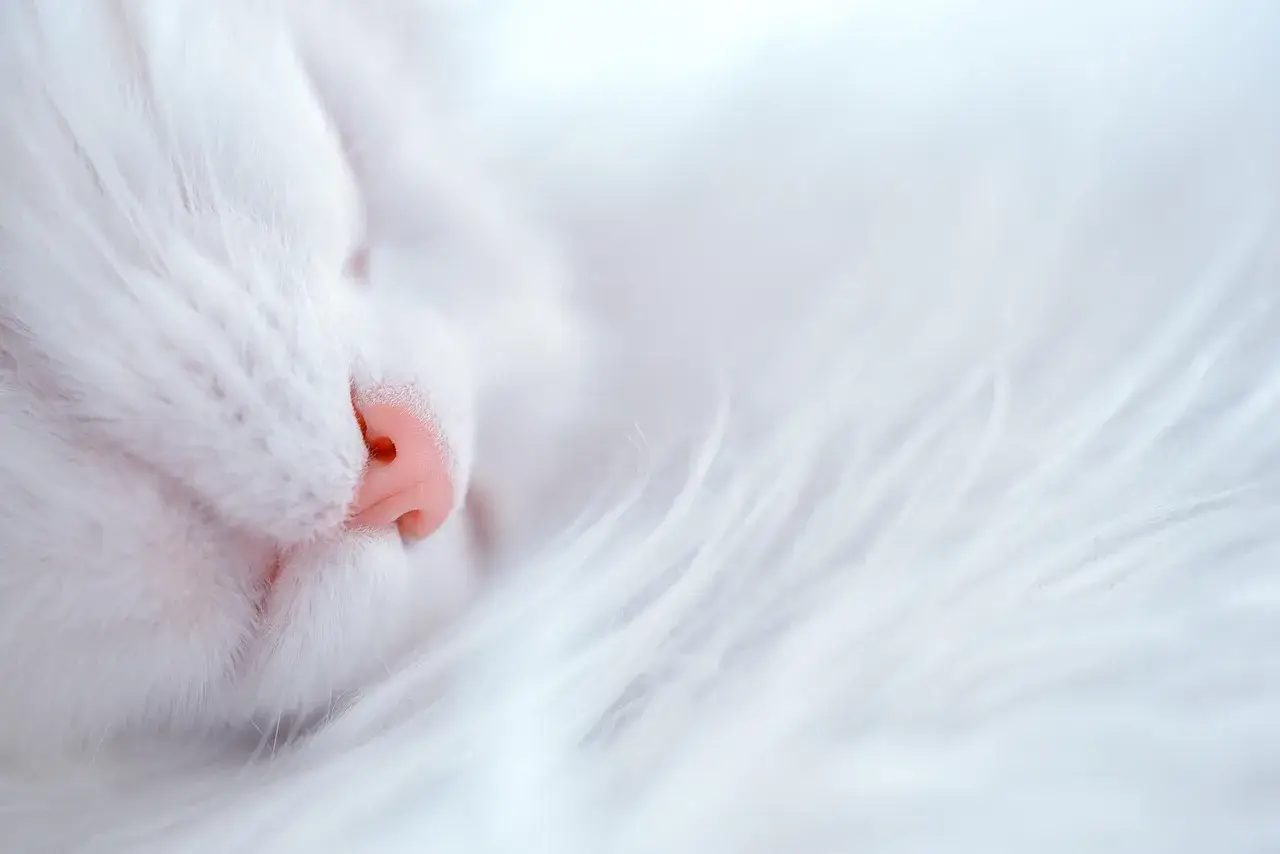
Eye pain in animals and what to do about it.
Eye pain in pets - Real or not real? We all want the best for our pets. We all want them comfortable and feeling well. We definitely do NOT want them to suffer.
Pain in animals can be defined as ‘an aversive sensory and emotional experience representing an awareness by the animal of damage or threat to the integrity of its tissues” (The Veterinary Journal 2023). Up until the 1970s, science still debated whether animals experienced pain. In the past three decades, extensive research on the topic of pain has put that debate to rest. The conclusion is a resounding, yes, animals feel pain.
So, what about eye pain? This topic that is near to our hearts, at Apex Veterinary Ophthalmology Specialists (AVOS), where each day we work to preserve vision and eliminate pain in, what we believe to be, the best patients on the planet.
A brief summary of the pain pathway can be explained as follows. The eye is the second most complex organ in the body, after the brain. It contains sensory nerve fibers that relay information from the eye to the brain. The information from the eye to the brain falls into two broad categories: vision and sensation. You are benefiting from the vision signals from your own eye as you read this text. We have all experienced the pain signals when we have had an errant eyelash or piece of dirt on our eye. Ouch! Those sensory nerve fibers that are stimulated as a response to pain exist to preserve the structure and integrity of the eye. Consider the sensation (pain) that comes from getting hit in the eye by a tree branch. The initial sensation leads to immediate retraction of the globe, elevation of the third eyelid, closure of the eyelids, tearing, and movement of the head away from the direction of the tree branch.
So, how do animals show eye pain?There are two classes of pain that we screen for in our patients. The first is acute, sharp pain. The signs of acute, sharp eye pain are obvious. They include guarding the eye, holding the eye closed, crying out when touched around the eye or the head, and bleeding from the eye.Families easily recognize these signs as pain.
The second class of pain that we screen for in our patients is chronic, aching pain. These signs are more subtle and include a pet being more clingy and underfoot, or the opposite, a pet with eye pain may be withdrawn. When pets withdraw due to eye pain, they sleep more. This can be misinterpreted for increased sleep with aging. Patients are found in quiet places away from the family. A common example of a quiet place away from the family is a trusted family member’s closet. Another subtle sign of chronic, aching eye pain is lack of initiating play. This can be difficult to appreciate because many pets with eye pain due diseases, such as glaucoma (elevated pressure in the eye), or uveitis (active swelling in the eye, specifically the iris, ciliary body, or choroid), will still go for a walk. The subtle difference is they do not ask to go for a walk. Pets with pain due to glaucoma, or uveitis, will play ball but they no longer initiate play with their ball. Their morning and post nap stretching routines are shortened, less frequent, or nonexistent. Only when chronic, achey eye pain is successfully treated, will families appreciate that these subtle signs of eye pain immediately resolve and understand that their pet had been previously suffering. A testament to this fact is that we have hundreds of thank you cards from clients sharing gratitude for making their pet comfortable and happy again when the client could not tell that they were suffering. So much so, that our incredible clients at AVOS volunteer to talk to other families and share their experience in an effort to help another individual’s pet.
With either acute or chronic eye pain, the physical signs of eye pain include tearing, redness, a change in pupil size, a change in the size of the eye, squinting, swelling, a change in the color of the iris, or any asymmetry in the face. It is important to share that a painful eye may have only one of these physical changes and appear normal in all other ways.
Determining if your pet has eye pain starts with a thorough eye exam that can performed by one of our veterinary ophthalmologists. Based on the objective information gathered in the exam, and subjective findings at home, our ophthalmologists work with you and your pet’s primary care doctor, as a team, to provide your pet the help they need.
If you have any questions about your pet’s comfort or you want to schedule an appointment with a veterinary ophthalmologist, just contact us by phone, or email. We will work to get answers to your questions, to put your concerns to rest, and to give your pet their best life possible.
Dr. Nuhsbaum is a board-certified, veterinary ophthalmologist. She works to improve the ocular comfort, vision, and quality of life of animals. Dr. Nuhsbaum is the owner the practice and part of the team of experts at Apex Veterinary Ophthalmology Specialists.

